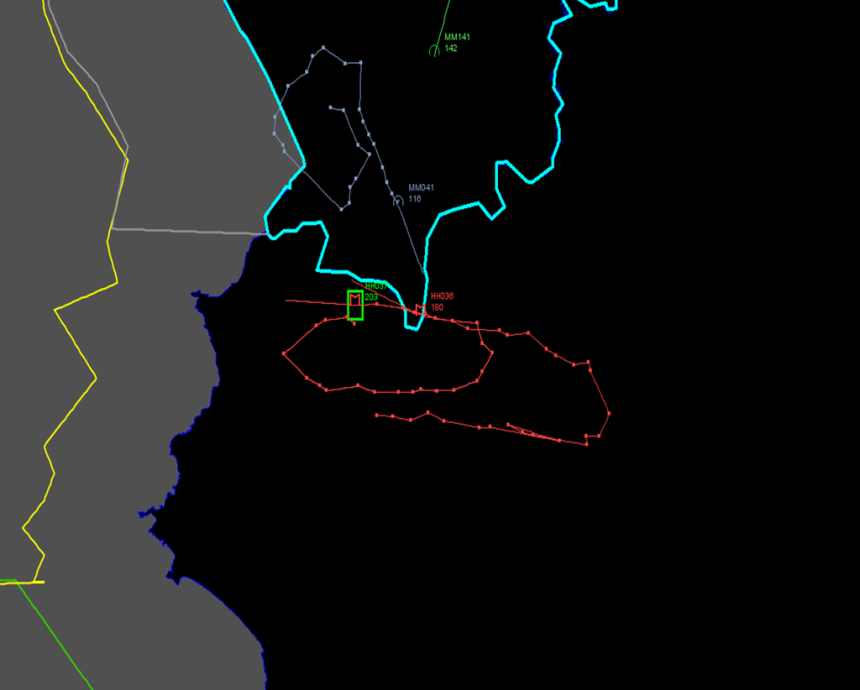Hear a Turkish Air Force radar station warning an unknown aircraft about to enter the Turkish airspace.
On Nov. 24, a Russian Air Force Su-24M belonging to the contingent deployed to Latakia, in western Syria, was shot down by a Turkish Air Force F-16 after violating Ankara’s airspace in the Hatay region.
Here you can find all the details about the downing and subsequent CSAR (Combat SAR) mission launched by Russian choppers, one of those was destroyed by rebels on the ground, where the helicopter had performed an emergency landing.
The two Russian pilots, who ejected from the Su-24 in flames, died in the incident (it’s still unclear whether at least one of them died before it touched the ground or was killed by the rebels who reportedly gunned the two parachutes).
According to the Turkish authorities, the Russian plane was warned 10 times in 5 minutes while it approached the boundary with another Su-24, before it was engaged.
The violation was extremely short: flying at 19,000 feet, the Fencer crossed the Turkish airspace for 17 seconds. While one of the Fencers egressed towards the Syrian airspace, the doomed Su-24 was hit by an air-to-air missile (AIM-9X, based on the Russian report that mentions an IR-guided weapon; other sources suggested it may have been an AIM-120).
Interestingly, the Russian MoD denied any warning was radioed (by the F-16) to the Russian Su-24 at all.
#SYRIA #Rudskoy Objective monitoring data confirmed no attempts of Turkish plane to establish communication or visual contact with Rus crew
— Минобороны России (@mod_russia) November 24, 2015
This may be true because it was for sure a Turkish Air Force radar station to warn the Russian plane and to urge it to head south, away from the border.
The following audio was recorded on the international UHF Emergency frequency 243.000 MHz by a reader who wishes to remain anonymous. We have no way to verify whether the audio was really recorded earlier today and we must highlight that similar messages have been radioed to unknown/Russian aircraft in the vicinity of the Turkish airspace in the past as well and recorded/heard by radio-hams and airband listeners located in Turkey and Greece.
However, some Turkish media outlets have already published a similar recording released by the TuAF in the aftermath of the shoot-down.
Provided it was recorded today, the audio would confirm both the Turkish and Russian versions: the TuAF radar warned the “unknown” plane (as claimed by Ankara) and it was not one of the F-16 to radio the message to the Su-24 (as claimed by Moscow).
Now, listen to the audio (if you can’t see the player below click here):
















